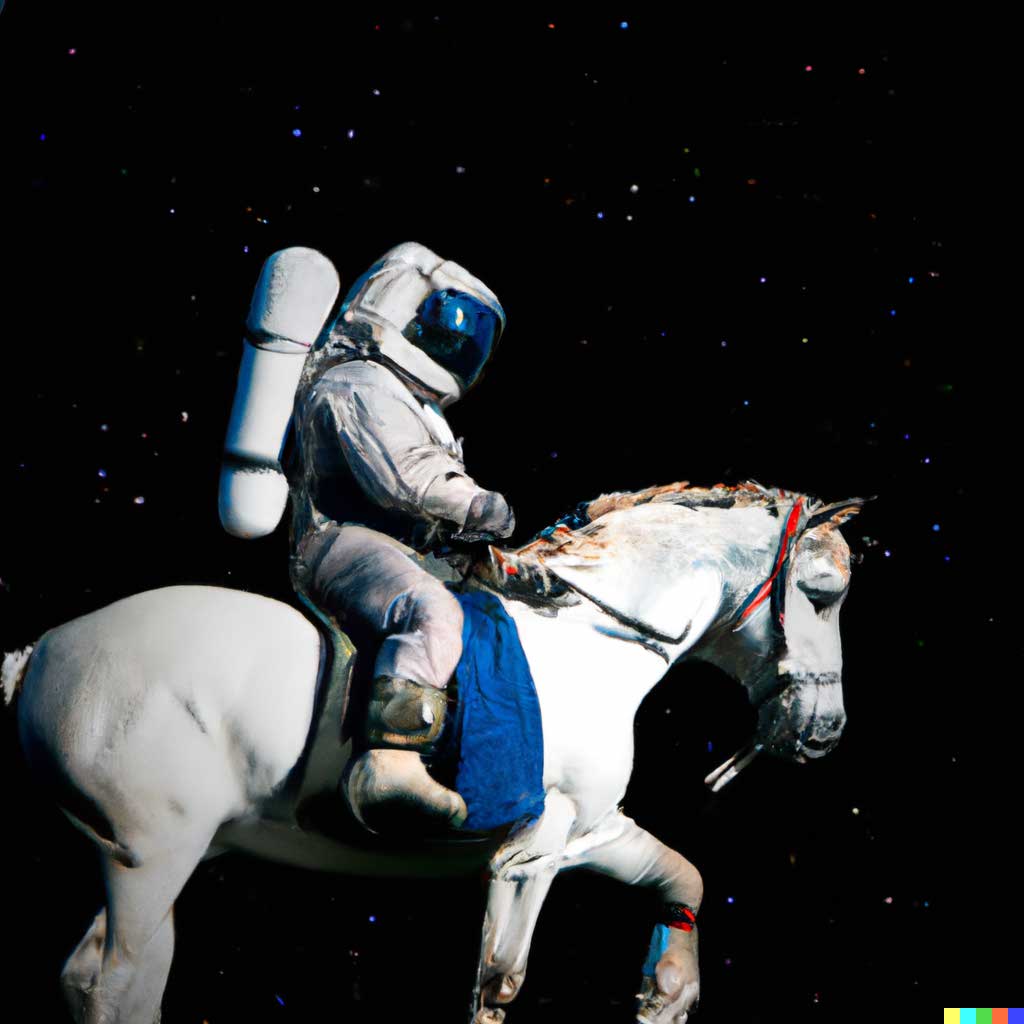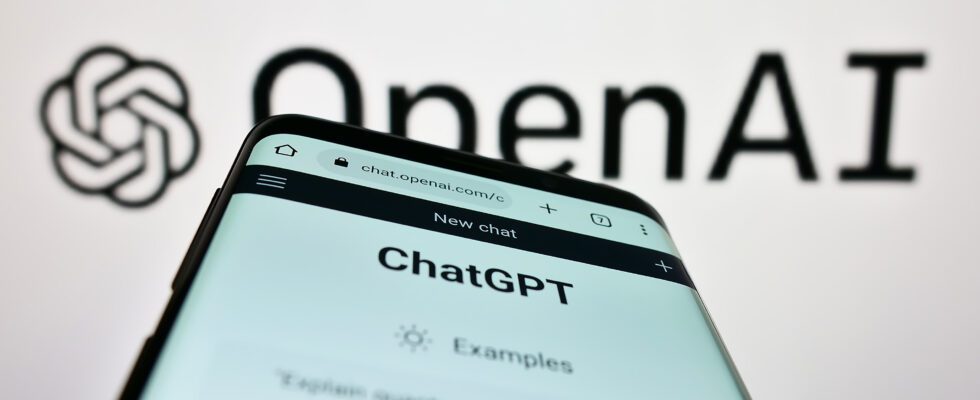
OpenAI has just announced the release of the new version of its model language, GPT-4!
ChatGPT, the chatbot that enjoyed an unprecedented wave of popularity across the planet, was based on the GPT-3.5 language model. OpenAI today introduces an update that both refines the capabilities of the machine, while allowing the introduction of some pretty amazing new features.
25,000 words is the new limit
This is an announcement that was bound to have an echo all over the planet. OpenAI, the company behind ChatGPT, has just released the GPT-4 version of its new template language. A new product currently available exclusively to part of the public, since you must subscribe to the ChatGPT Plus program to be able to get your hands on it.
But for those on the VIP list, a whole new world opens up. The AI has indeed seen its capacities greatly increased, and first at the level of the prompt (the text entered as a request within the chatbot). GPT-4 is now able to analyze texts proposed by the user, up to 25,000 words!
After the writing, the image!
But the feature that will surely be talked about the most will surely be GPT-4 image recognition. Thanks to the collaboration with a start-up called Be My Eyes, GPT-4 will be able to respond to prompts containing writings and images, and respond after analyzing them. ” It can flexibly accept inputs that intersperse images and text arbitrarily, much like a document sums up OpenAI co-founder Greg Brockman.
In order to illustrate the progress of the model language, which has become “multimodal”, the latter entered into the machine a sketch detailing a website project. In return, GPT-4 produced a detailed response explaining the steps to follow to achieve this site. Unlike the rest of the new version, this option is currently not available, and continues to be tested within Be My Eyes.
Many partners already on the job
However, even without access to this technology, which all eyes are on at first glance, partnerships with OpenAI have flourished in order to use GPT-4. Thus, the online payment specialist Stripe has integrated the language model into its services in order to meet the support needs of its professional customers. AI will also be used to spot potential scammers.
Duolingo, the well-known foreign language learning application, is also on the way and will offer GPT-4 through a new subscription, Duolingo Max. The app has long used artificial intelligence, but GPT-4 should allow it to take a leap forward. ” There were gaps in the learner journey that we wanted to fill: conversational practice and contextual feedback on mistakes says product manager Edwin Bodge.
Enough to bring a little more money into the coffers of the company. Because if it benefits from the support of the firm founded by Bill Gates, it is also developing a technology whose operating costs are particularly high.
Safer and more factual
Finally, and this was surely a priority at OpenAI after the many controversies over the tendency of chatbots to misinformation, GPT-4 has been made more “safe”. A work that would have taken 6 months according to OpenAI, and which allows Microsoft’s partner company to offer better quality results.
Thus, GPT-4 would be 82% less likely than GPT-3.5 to respond to requests for unauthorized content, for example coding malware. Similarly, the accuracy of the machine has been revised upwards, since it is now 40% more likely than the previous version to offer a factual response to a request.
However, the tendency of the AI to “hallucinate” when it does not know the answer has not yet been completely eliminated. Justifying OpenAI’s final reminder: ” Great care should be taken when using the results of a linguistic model, especially in high-stakes contexts. “.
